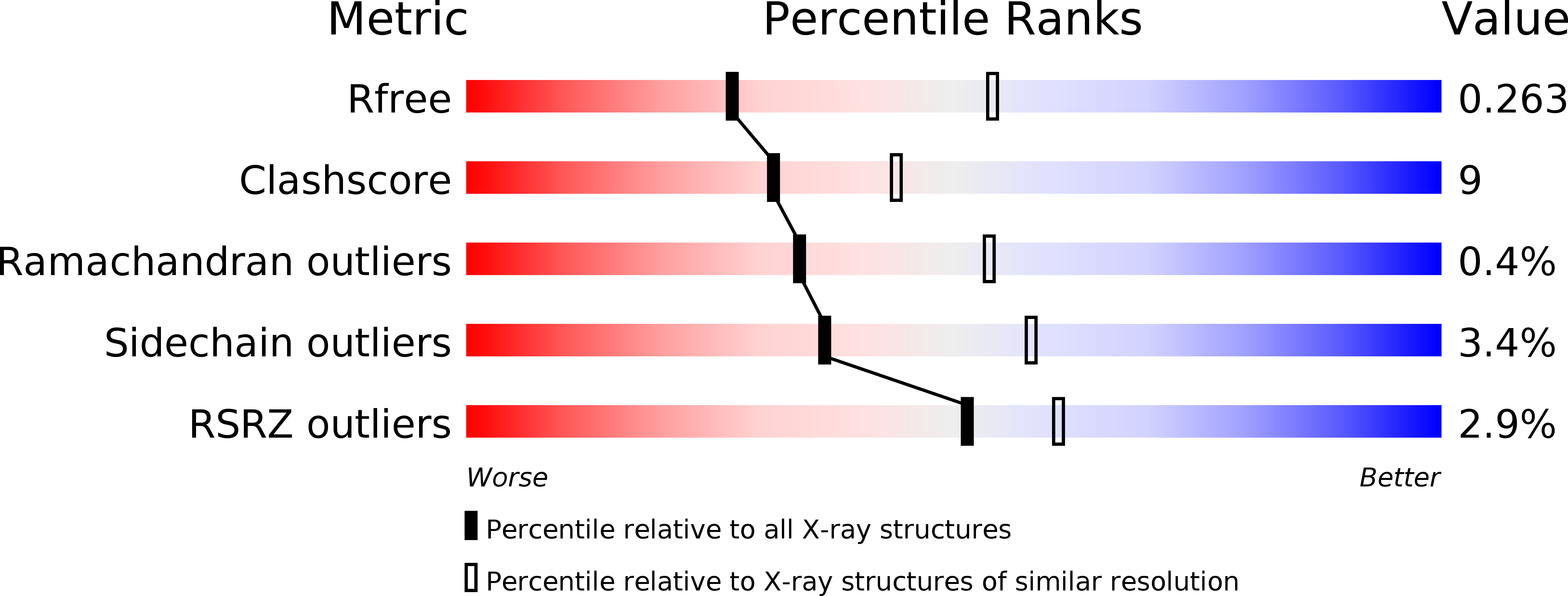
Deposition Date
2019-11-21
Release Date
2020-05-06
Last Version Date
2024-10-23
Entry Detail
PDB ID:
6TI2
Keywords:
Title:
Structure of the Ustilago maydis chorismate mutase 1 in complex with KWL1-b from Zea mays
Biological Source:
Source Organism:
Ustilago maydis 521 (Taxon ID: 237631)
Zea mays (Taxon ID: 4577)
Zea mays (Taxon ID: 4577)
Host Organism:
Method Details:
Experimental Method:
Resolution:
2.75 Å
R-Value Free:
0.26
R-Value Work:
0.22
R-Value Observed:
0.22
Space Group:
P 1 21 1


